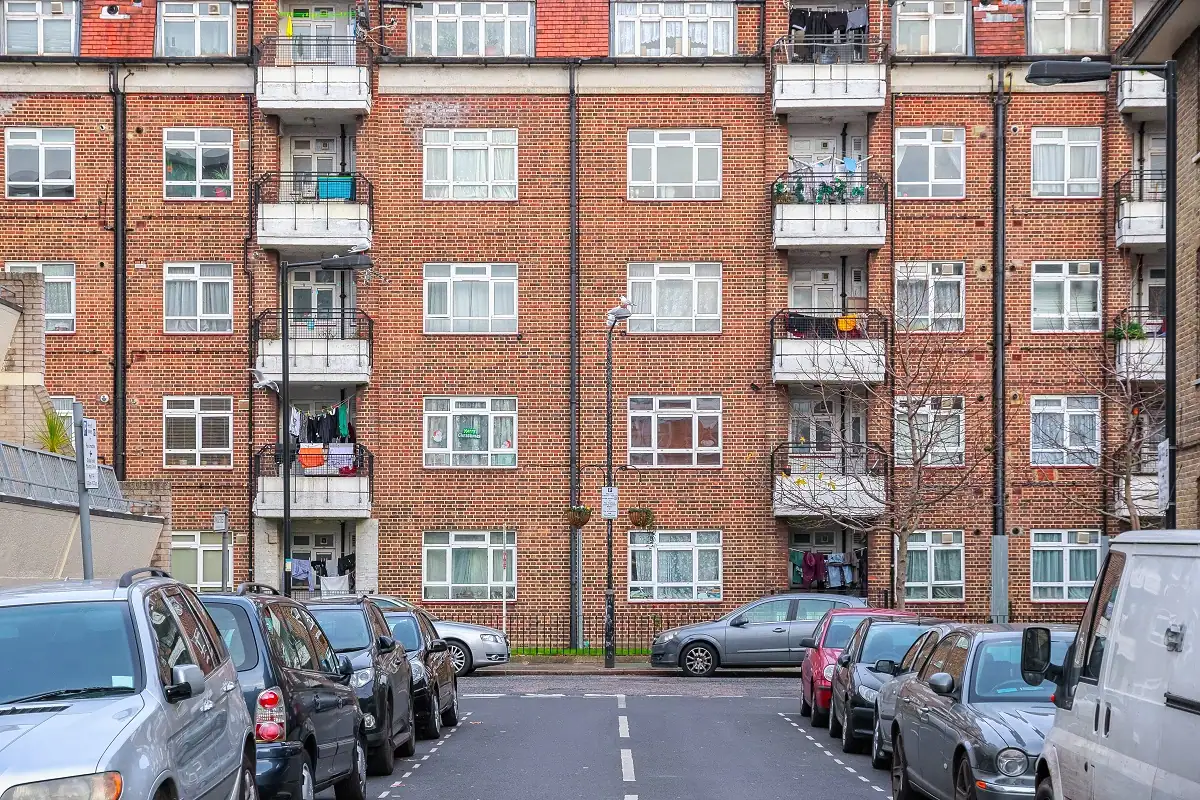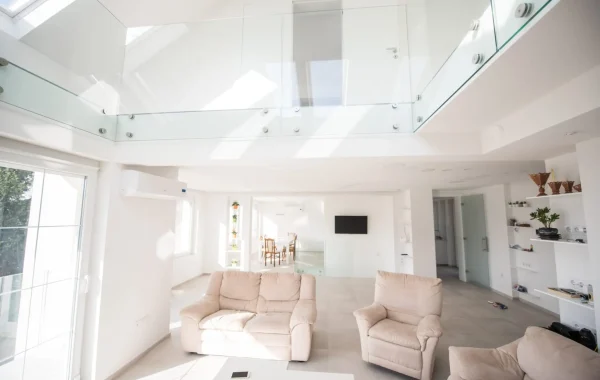Dartford Stone Planning Permission: Navigating Development in a Historic Corner of Kent
Tucked between the River Thames and the rolling landscapes of North Kent, Stone, a village within the Dartford Borough, has witnessed a dramatic transformation from ancient chalk quarries to modern suburban developments. With its rich industrial heritage and growing commuter appeal, Stone presents a fascinating yet challenging arena for those seeking planning permission for residential or commercial projects. Understanding the nuances of Dartford Stone planning permission is essential for anyone wishing to build, extend, convert, or develop within this evolving locality.
The Planning Context: What Makes Stone Unique?
Stone is not just another suburb. It carries layers of historical significance — from its Roman road networks to the former site of the massive Stone Castle, and more recently, the footprint of Bluewater Shopping Centre, one of Europe’s largest malls. As a result, development control in this area often involves balancing modern needs with heritage conservation, green belt protection, and traffic management.
Stone falls under the jurisdiction of Dartford Borough Council, whose Local Plan governs the planning framework for the area. This includes:
The Dartford Local Plan 2021–2037
Supplementary Planning Documents (SPDs)
Conservation area appraisals (especially near Stone Castle)
Environmental and transport impact assessments
Common Types of Planning Applications in Stone
1. Householder Applications
These are common in areas like St Johns Road, London Road, and new-build estates like St Clements Lakes. Residents frequently apply for:
Loft conversions
Rear and side extensions
Garage conversions
Porches and outbuildings
While permitted development rights may cover some changes, proximity to conservation areas or flood risk zones (notably near the Thames) often demands full applications.
2. Change of Use
As Stone evolves, disused industrial units or pubs are increasingly targeted for residential or retail conversions. For example:
Converting a former car garage on London Road into flats
Changing an A1 retail unit into a hot food takeaway
These proposals usually require planning permission, especially if they could impact traffic, noise levels, or local amenity.
3. Major Developments
Given the demand for housing in Dartford, large residential developments are not uncommon in Stone. These usually involve:
Detailed masterplans
Section 106 agreements
Community infrastructure levy (CIL) contributions
Public consultations
Recent developments near Crossways Boulevard and Greenhithe have set precedents for design quality, access to transport links, and integration with existing infrastructure.
Factors That Affect Planning Decisions in Stone
A. Flood Risk and Environmental Constraints
Being close to the River Thames and Darent, Stone has several flood risk areas. Planning applications in these zones may require:
Flood Risk Assessments (FRA)
Sustainable Drainage Systems (SuDS)
Consultation with the Environment Agency
B. Highways and Parking
Dartford Borough and Kent County Council assess traffic and parking impacts closely. In Stone, bottlenecks on Cotton Lane and London Road mean that developments must provide sufficient off-street parking and mitigate any pressure on public transport systems.
C. Heritage and Conservation
Although Stone is not blanketed by a conservation area, certain parts — such as around Stone Castle — have listed buildings and archaeological interest. Any development near such sites must adhere to strict design codes and may require consultation with Historic England.
D. Design and Character
Stone’s architectural landscape is diverse — Victorian cottages, 1930s semis, post-war terraces, and modern flats. Planning officers evaluate how new proposals integrate with local character, using national guidelines like the National Design Guide and Dartford’s own design SPD.
How to Apply for Planning Permission in Stone
The Dartford Borough Council offers a relatively streamlined planning process:
Pre-application Advice
Useful for larger schemes, this service helps developers understand site constraints and planning expectations before submitting a formal application.Submission via Planning Portal
All applications are submitted online, along with required drawings, design statements, and the correct fee.Consultation Period
Neighbours, parish councils, and statutory consultees (e.g., Kent Highways, Environment Agency) are notified and given 21 days to comment.Decision Process
Most minor applications are determined within 8 weeks, while major proposals can take 13 weeks or longer. Some applications may go before the Development Control Board for committee review.
Appealing a Refused Application
If Dartford Borough Council refuses your planning application, you have the right to appeal to the Planning Inspectorate within six months (12 weeks for householder applications). A well-prepared appeal, often supported by planning consultants or architects, can overturn refusals based on subjective or disputable grounds.
Tips for a Successful Planning Application in Stone
Use a Chartered Architect or Planning Consultant with local experience.
Check flood maps and environmental designations before purchasing land.
Engage neighbours early if your proposal might affect views, sunlight, or privacy.
Address parking and access concerns in your design and planning statements.
Factor in biodiversity net gain and green infrastructure, especially near green belt or open spaces.
Final Thoughts: Building the Future of Stone, Dartford
As a gateway between Dartford and Gravesend, and a key stop on the Thames Gateway growth corridor, Stone is poised for further change. But with that change comes responsibility — to its heritage, residents, and environment. Understanding the planning permission process in Dartford’s Stone village is not just about ticking boxes; it’s about shaping the future of one of Kent’s most promising yet complex communities.
Whether you’re a homeowner hoping to add a loft conversion or a developer proposing a new housing scheme, navigating Dartford Stone’s planning system with foresight and care is the first step to success.





